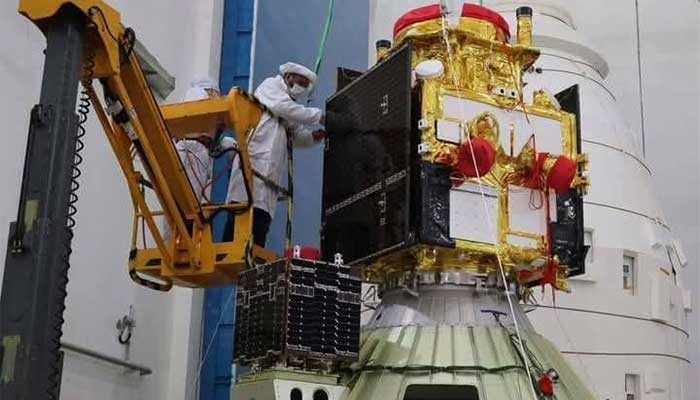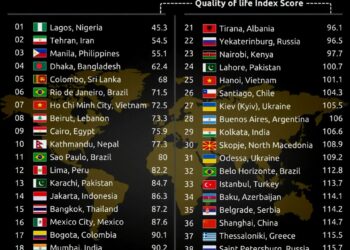Select Language:
The Space and Upper Atmosphere Research Commission (SUPARCO) has announced that Pakistan’s first hyperspectral satellite (HS-1) will be launched from the Jiuquan Satellite Launch Center in China on October 19. This milestone signifies a significant advancement in the country’s space program, opening new possibilities for applications in agriculture, disaster response, urban planning, and environmental protection.
In agriculture, HS-1’s hyperspectral imaging technology will provide high-resolution data essential for precision farming. It will deliver detailed information on crop health, soil moisture levels, and irrigation practices, potentially boosting yield estimates by 15 to 20 percent and strengthening food security efforts.
For urban development, the satellite’s advanced sensors will facilitate monitoring environmental changes, mapping infrastructure, and analyzing urban expansion. Its ability to detect spectral signatures of constructed areas will support sustainable city planning, resource management, and land-use decision-making.
HS-1 will also be instrumental in environmental surveillance and disaster response. Its sophisticated imaging systems will aid in early warning systems for floods, landslides, and other geo-hazards, especially across critical regions like the Karakoram Highway and northern zones. The satellite’s data will improve post-disaster assessments, transportation network analysis, and water resource management, offering timely insights into events such as floods, earthquakes, deforestation, and land degradation.
Joining Pakistan’s growing remote sensing constellation—alongside PRSS-1 (launched in July 2018), EO-1 (January 2025), and KS-1 (July 2025)—HS-1 will significantly enhance the country’s space data capabilities. The mission supports national policies like the National Space Policy and SUPARCO’s Vision 2047, aligning with goals to position Pakistan as a leader in space technology and innovation, ultimately fostering sustainable development through scientific progress.






